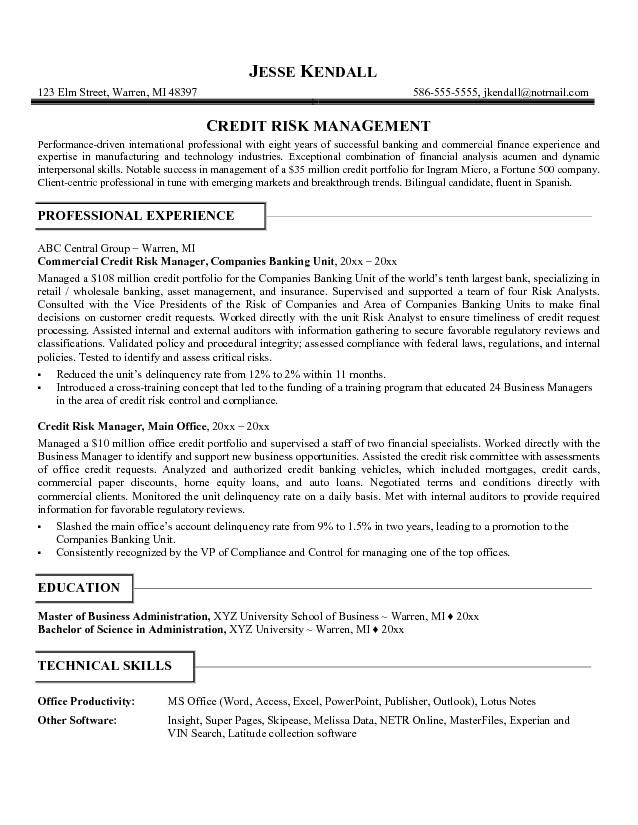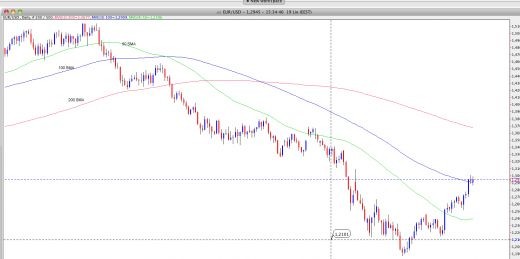Financial Risk Manager Wikipedia the free encyclopedia
Post on: 16 Март, 2015 No Comment

Contents
The FRM designation [ edit ]
The FRM is a qualification for risk management professionals, particularly those who are involved in analyzing, controlling, or assessing potential credit risk. market risk. and liquidity risk as well as non-market related financial risks. FRM holders perform a broad variety of functions related to risk management within investment banks. asset management firms, as well as in corporations and government agencies. Top employers of FRM holders include global financial services firms Deutsche Bank. HSBC. and UBS. as well as auditing firms KPMG. Ernst & Young (EY) and PricewaterhouseCoopers (PwC). The FRM designation specification is disclosed on the U.S. Financial Industry Regulatory Authority (FINRA) education website where the FRM certificate program is shown on the FINRA guide to designations. [ 1 ] The FRM and PRMIA ‘s PRM are often compared as being the two definitive risk management designations in the industry. [ 2 ]
History and growth [ edit ]
GARP first awarded the FRM designation in 1997.
Candidate enrollment in the FRM program has grown rapidly: between 2001 and 2010, registration increased at a compound annual rate of more than 25%. [ 3 ]
Growth has occurred not just in the United States but also in Europe and Asia: today, more than 70% of FRM holders reside outside of the United States. Top territories of residence for FRM holders include the United Kingdom. Switzerland. Singapore. and Hong Kong .
While the financial crisis of 2007–2010 resulted in a dramatic downturn in overall financial services employment, the effect has been opposite in the field of risk management: the bankruptcy of Lehman Brothers and the collapse of other large financial institutions underscored the need to accurately price the risk inherent in 21st century financial products and markets. The financial crisis has given a greater role to financial risk professionals, and driven further demand for skilled financial risk managers and the FRM designation.
As of February 2012, GARP has more than 125,000 registrations for the FRM Exam from 129 countries around the world. There are over 28,000 Certified FRMs practicing worldwide. [ 4 ] The FRM is a globally recognized benchmark certification program for financial risk managers, and is considered to be the de facto global qualification in the practice of financial risk management.
In 2000, 2 founders of Global Association of Risk Professionals filed paperwork to shut down the non-profit GARP and replace it with a new for-profit corporation with the same name. Some former Regional Directors of GARP left and adopted a similar business model to offer Professional Risk Manager (PRM) certification. In October 2001, GARP has returned to a not-for-profit organization until now. [ 5 ]
Requirements [ edit ]
The basic requirements for becoming certified as a Financial Risk Manager include passing scores on both the Part I and Part II exams, as well as a minimum of two years’ full-time work experience in financial risk management related positions including portfolio management, risk consulting, and other fields.
Curriculum [ edit ]
The FRM curriculum is based on a candidate body of knowledge as defined by the Global Association of Risk Professionals. The FRM Committee, a panel of leading risk practitioners, develops and oversees the FRM program. The FRM curriculum emphasizes the practical applications of risk management theory, and ensures that candidates have firm knowledge of the major areas of financial risk management.
The Financial Risk Manager Handbook, written by risk management expert Philippe Jorion, is the primary text for the FRM curriculum. The handbook covers the core body of knowledge for financial risk managers, covering such topics as:
- Market, credit, operational, liquidity, and integrated risk management
- Quantitative methods
- Capital markets
- Investment management and hedge fund risk
- Relevant regulatory and legal issues essential to risk professionals

The FRM syllabus is dynamic and changes every year to reflect recent events in the global financial markets .
To maintain qualification, Certified FRMs are also recommended to enroll in Continuing Professional Education Program. All participants are required to complete 40 credits of continuing education every 24 months after enrolling in the program. Credits are based on a 60 minute hour; one credit per hour. [ 6 ]
Exams [ edit ]
The FRM Exams are intended to thoroughly assess a financial risk manager’s ability to measure and manage risk in a real-world environment. The FRM exams are administered on a single day twice a year, on the third Saturdays in May and November. The FRM exams are administered on paper. All questions are multiple choice ; each question has 4 answer choices. There are no penalties for wrong answers. The questions in the exams are structured in the context of situations that financial risk managers face every day. The information needed to answer each question is contained within the question or vignette. Only certain models of Texas Instruments (BA II Plus ) and Hewlett Packard (10B II, 20B, and HP-12C ) calculators may be used. In addition to the official curriculum materials from GARP, study materials for the FRM exams are available from a number of third party providers. [ 7 ] GARP recommends 150–200 hours of study for each part of the exam.
Transition to a 2-part exam [ edit ]
In November 2009, the FRM exam was offered for the last time in a one level (full) examination format.
Beginning with the May 2010 exam window, the FRM Exam transitioned from a one-part to a two-part exam. The FRM exams now consist of two exams, FRM Part I and FRM Part II.
Each exam consists of a single four-hour session. Candidates may choose to sit for both parts on the same day, however if a candidate fails Part I their Part II exam will not be graded.
FRM Part I Exam [ edit ]
The Part I exam is administered on FRM exam days in a single four-hour session from 8:00am to 12:00pm.
The Part I exam covers core areas of risk management, such as quantitative analysis, financial markets and products, and essential risk modeling.
The exam consists of 100 multiple-choice questions, and tests a candidate’s knowledge base in four main topic areas, weighted as follows:














